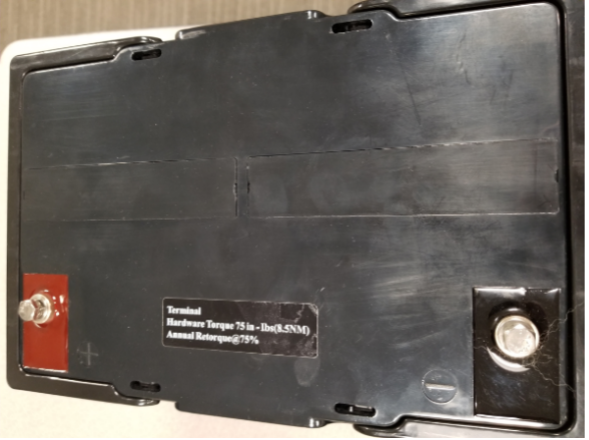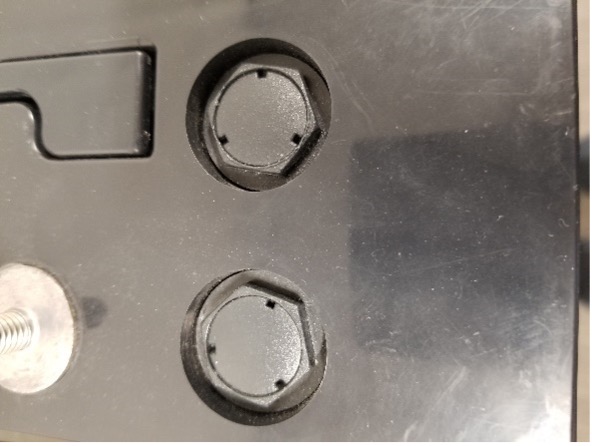Will a battery explode?
Recharging a flooded lead-acid battery normally produces hydrogen and oxygen gases. Spark/flame retarding vent caps can help prevent explosions in flooded battery types.
All quality AGM and GEL batteries use valves with built-in flame arrestors. IF IT IS NOT OBVIOUS that the flame arrestors exist, do not buy the AGM or GEL battery. It is easy to see the flame arrestor valves installed in each cell.



Explosions typically occur when jumping, connecting or disconnecting battery chargers or battery cables, and under load or while starting an engine.
While not fatal, battery explosions cause thousands of burns and eye injuries yearly. Below is the usual sequence of events when battery explosions occur with a flooded battery in a starting application:
- One or more cells had a concentration of hydrogen gas above 4.1% because the vent cap was plugged or a defective valve did not release the gas. An explosion requires a concentration of hydrogen above 4.1%!
- The electrolyte levels fell below the top of the plates due to high under-hood temperatures, overcharging, or poor maintenance resulting in excessive gassing.
- A low resistive bridge or “treeing” formed between the top of the plates such that when the current started to flow, it caused an arc or spark in one of the cells above the electrolyte level.
- A combination of the above events ignites the gas, blows the battery case cover off and spatters electrolyte all over the engine compartment.
The largest number of battery explosions while starting an engine occurs in hot climates. When an explosion happens, thoroughly rinse the engine compartment with water, and then wash it with a solution of one pound (.5Kg) of baking soda to one gallon (4L) of warm water to neutralize the residual battery acid. Then thoroughly rewash the engine compartment with water.
Using Discover AGM or GEL batteries can significantly reduce the possibility of battery explosions.
